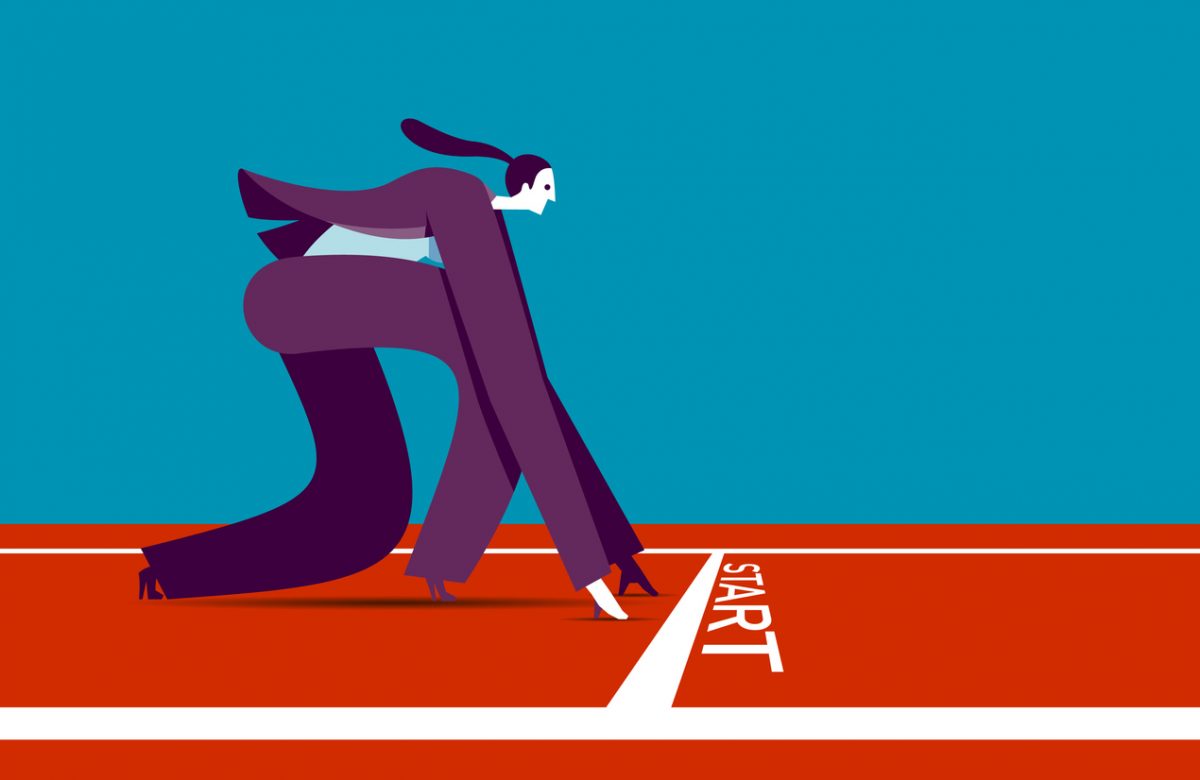Bipolar disorder shares depressive symptoms with unipolar major depressive disorder but is defined by episodes of mania or hypomania. Bipolar disorder in its broadest sense has a community lifetime prevalence of 4% and is a severely impairing illness that impacts several aspects of patients’ lives. Race, ethnicity, and gender have no effect on prevalence rates, but women are more likely to experience rapid cycling, mixed states, depressive episodes, and bipolar II disorder than men. Patients with bipolar disorder have high rates of disability and higher rates of mortality than individuals without bipolar disorder. Natural causes such as cardiovascular disease and diabetes, as well as suicide and other "unnatural" causes are key contributors to the high mortality rate. The costs associated with bipolar disorder include not only the direct costs of treatment, but also the much greater indirect costs of decreased productivity, excess unemployment, and excess mortality.
Find more articles on this and other psychiatry and CNS topics:
The Journal of Clinical Psychiatry
The Primary Care Companion for CNS Disorders
Save
Cite
Advertisement
GAM ID: sidebar-top



